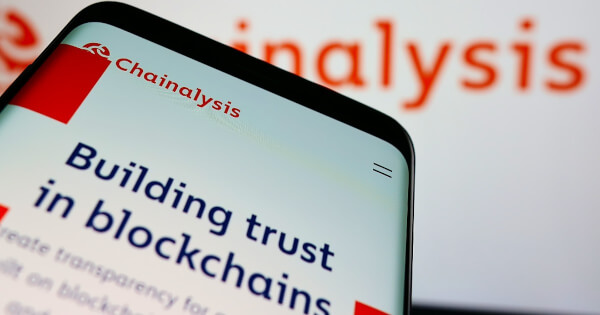A7A5 and Grinex: Unveiling Their Role in Russia's Crypto Economy Amid Sanctions
Iris Coleman Aug 14, 2025 15:30
The U.S. Treasury sanctions Grinex and A7A5-related entities for facilitating Russian crypto transactions, spotlighting the evolving landscape of sanctions evasion.

The U.S. Department of the Treasury’s Office of Foreign Assets Control (OFAC) has recently imposed sanctions on cryptocurrency exchange Grinex and associated entities behind the Russian ruble-backed token A7A5. According to Chainalysis, these measures target efforts to circumvent international sanctions by leveraging cryptocurrency.
OFAC's Sanctions and Their Implications
OFAC's enforcement action includes the re-designation of Garantex, a cryptocurrency exchange previously involved in over $100 million of illicit transactions. The sanctions extend to Grinex, which emerged as a successor to Garantex following its disruption by U.S. and international law enforcement in March 2025. This crackdown aims to dismantle networks facilitating cybercrime and sanctions evasion.
The Kyrgyzstani company Old Vector, responsible for the issuance of A7A5, was also sanctioned. The A7A5 token, which has processed over $51 billion in volume, operates within a narrow ecosystem of Russian-linked financial services. It is primarily used as a medium of exchange for businesses, rather than for retail purposes.
A7A5's Role in the Russian Crypto Ecosystem
A7A5, traded on the Tron and Ethereum blockchains, is backed by deposits at the sanctioned Russian bank Promsvyazbank (PSB). Its trading volumes have surged, indicating its significant role in the Russian crypto infrastructure. The token's design aligns with recent Russian legislation aimed at establishing alternative financial systems to mitigate the impact of Western sanctions.
The trading patterns of A7A5, predominantly occurring Monday through Friday, suggest its usage as a business exchange medium. A decentralized exchange (DEX) linked to A7A5 facilitates swaps to mainstream stablecoins, raising concerns about potential sanctions evasion.
Connections Between Garantex, Grinex, and A7A5
Grinex, registered in Kyrgyzstan, closely resembles Garantex in its operational model, with users transferring funds from Garantex to Grinex post-sanctions. Chainalysis reports that A7A5 tokens were transferred from Garantex to Grinex, highlighting the intertwined operations of these entities.
Despite the shutdown of Garantex, the movement of A7A5 tokens continued, facilitated by Old Vector. This transfer reinforces the links between the entities, suggesting a strategic rebranding effort to bypass sanctions.
Impact on Global Sanctions Compliance
The sanctions against A7A5 and related entities underscore Russia's strategic use of cryptocurrency to evade financial restrictions. The transparency of blockchain technology offers an opportunity to track and disrupt these networks, emphasizing the importance of robust compliance measures.
As the situation evolves, the compliance landscape for cryptocurrency continues to adapt, with entities like Chainalysis providing crucial monitoring solutions. This ongoing development highlights the dynamic nature of global financial regulations as countries navigate the complexities of digital currencies.
For further insights into this issue, visit Chainalysis.
Image source: Shutterstock.jpg)

